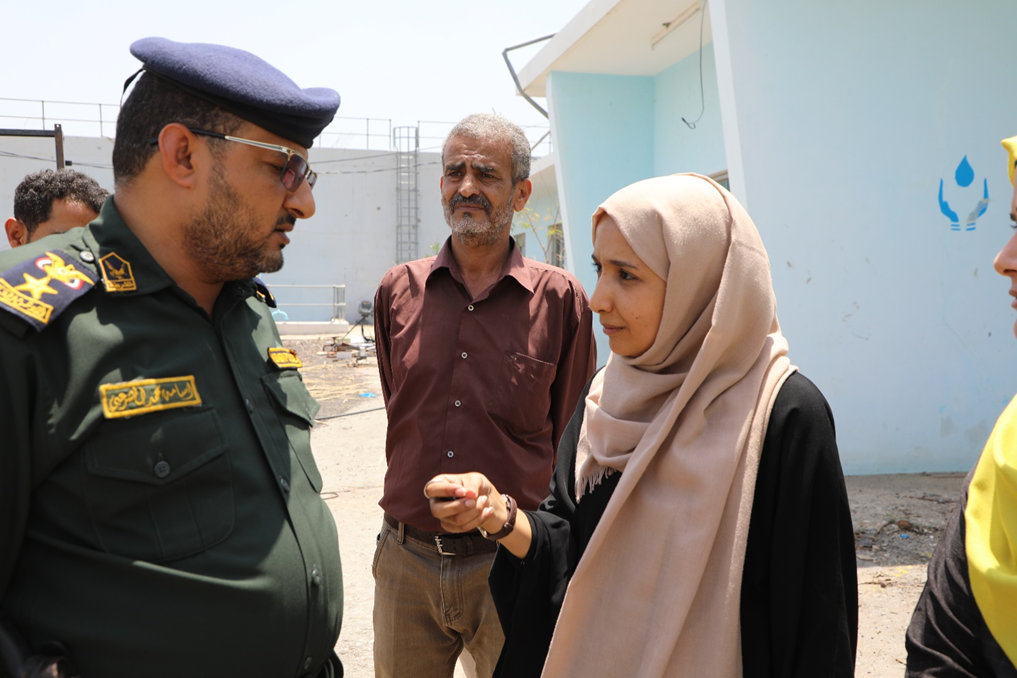How women made use of tribal norms to mediate conflict in Yemen
Date:

Since the beginning of the conflict in Yemen in 2014, women have played instrumental roles as first responders and informal peacemakers in their communities. Despite being excluded from formal negotiations, Yemeni women have mediated inter- and intra-community disputes including the release of detainees, opening humanitarian corridors and stopping the recruitment of children by armed actors. To do so, women often use Yemeni tribal principles such as respect for and protection of women and the unarmed population which remain strong throughout the country. According to these norms, women are categorized as du’afa, meaning weak or powerless, which paradoxically accords them the protection necessary to move in and out of conflict zones without being targeted, and engage in mediation efforts. Such efforts resulted in many successes, including the release of political detainees and prisoners of war, and the reopening of roads around Taiz city, actions that have in fact become central UN confidence-building measures.
Negotiating access to natural resources.
For seven years, active conflict in Taiz, southwestern Yemen, and the blockage of main roads in and out of the city deprived residents of adequate water supply. The city’s nine water tanks came under the control of Yemeni government’s allied forces which sold the water and used the revenues for administrative costs. Unable to confront the military, the Taiz Water Authority cut the water supply to the tanks, depriving residents in three districts of water. This forced women, girls, and boys to travel long distance on unsafe roads to fetch water, putting them at risk of sexual abuse and sniper attacks.
To address this issue, Ola Al-Aghbari, a young Yemeni civil society female leader who heads the Sheba Youth Foundation contacted influential local figures and political party leaders in Taiz and asked them to join a local committee to mediate with the allied forces and restore civilian access to the water tanks. She was able to obtain their support thanks to her organization’s development work.
“We called the Governor to ask for his support, and he agreed and he said that Sheba organization had worked very hard in the city to improve life for residents. So my existing reputation and relationships were really important, because people could trust me and my organization, they knew that we were neutral and that we were working for the community,” Ola explained.
In addition to obtaining the Governor’s support, the female mediator convinced a group of community leaders to join a mediation committee, each chosen for their status and influence. This included a prominent tribal leader, a representative from the local authority, a representative from the Chamber of Commerce, a local female mediator and lawyer, and a highly respected local caricaturist. The mediation committee approached the military commanders of the allied forces and requested civilian access to the nine water tanks so that Taiz residents, and not only armed actors, could benefit from the water.
“On first reception, they wouldn’t accept me negotiating as a woman, but when they saw all the local leaders in the city in the alliance, all the religious men and local authorities from the city, they agreed to talk.” Said Ola. “After some resistance, by the end of the negotiations, they agreed to hand over all nine wells. We prepared a written agreement for each well, which everyone signed, the military commanders and committee members.”
The military commanders agreed to hand the nine water tanks to the Office of the Ministry of Water and Environment in Taiz city. So far, agreements had been signed for six of the nine water wells, one of which is now officially under the control of the Ministry of Water and Environment.
Mediating disputes and ceasefires.
Holding a formal position may also give women a mandate to mediate disputes. For example, a woman who was elected to a community committee in Taiz, for instance, took responsibility for mediating disputes related to women’s access to resources and inheritance since she could more easily connect with female disputants than her male colleagues. Another female mediator in Taiz, similarly, noted that since 2015, local committees were formed in order to resolve disputes in the absence of effective authorities, and through her position on one such council she was able to contribute to the opening of the Taiz border crossing located at the frontline.
Yemeni women have also played important roles in preventing and resolving conflicts between the government and tribes, and averting conflict between influential tribes. For example, a dispute erupted between members of two different tribes in Hajjah, north-western Yemen, over conflicting land claims and escalated into a full armed battle between the two tribes, resulting in over 60 deaths. A woman mediator was able to convince the tribal leaders to gather a group of men who would camp out on the contested land until a resolution was found.
In Marib, east of Sanaa, several stories also emerged of women publicly shaming armed men to get them to stop fighting and fulfil their protective responsibilities, in some cases using highly symbolic public actions such as shaving their hair. In one case, a group of trained women mediators negotiated a ceasefire between two tribes by “staying under the sunlight refusing hospitality invitations from the tribal leaders until their call for a ceasefire was accepted.” Similarly, women in Arhab District in Sanaa made use of protective tribal norms to prevent Ansar Allah forces from burning valuable construction equipment and tractors belonging to officials from the Al-Islah political party: they climbed onto the equipment and said that the equipment provided income for their families and therefore could not be destroyed, a demand that was respected.
These are but few examples of how Yemeni women have navigated social and tribal norms to mediate conflict in their communities. Our new report sheds light on other mediation roles that Yemeni women have played since the beginning of the conflict and ways to they can support inclusive and lasting peace in Yemen.